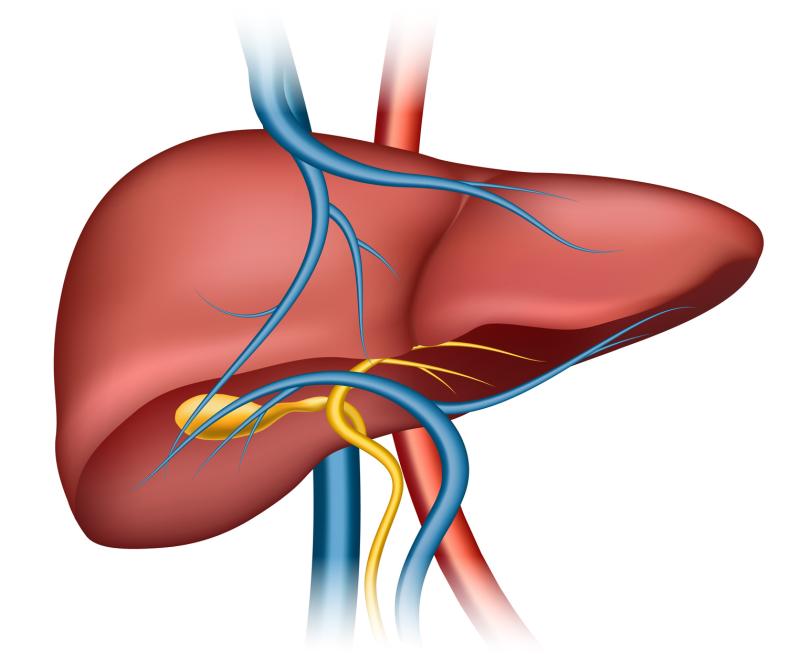
Long-term use of solid fuel for cooking and smoking each contribute to an increase in the risk of chronic liver disease (CLD) mortality, a study suggests.
The study included about 0.5 million adults aged 30–79 years from 10 areas across China. A total of 2,461 CLD deaths were documented over a median follow up of 10 years.
In the cohort, 49 percent of participants reported solid fuel use for cooking purposes and 26 percent smoked regularly. Multivariable Cox regression revealed that both factors were associated with higher risk of CLD deaths.
Specifically, solid fuel contributed to a 26-percent risk increase (adjusted hazard ratio [HR], 1.26, 95 percent confidence interval [CI], 1.02–1.56), while regular smoking conferred a 28-percent risk increase (HR, 1.28, 95 percent CI, 1.13–1.44).
When the additive effect of the two factors on CLD mortality was analysed, the HRs in reference to never-smoking clean fuel users were 1.41 (95 percent CI, 1.10–1.82) in never-smoking solid fuel users, 1.55 (95 percent CI, 1.17–2.06) in regular-smoking clean fuel users, and 1.71 (95 percent CI, 1.32–2.20) in regular-smoking solid fuels users.
Compared with clean fuel use and never-regular smoking, switching from solid to clean fuels (HR, 1.07, 95 percent CI, 0.90–1.29; for a median of 14 years) and quitting due to nonmedical reasons (HR, 1.16, 95 percent CI, 0.95–1.43; for a median of 10 years) were associated with lower risk of CLD deaths, respectively.
The findings offer insight into the link between solid fuel use and smoking and liver disease mortality in a Chinese population, researchers said. “Without an accelerated shift to cleaner domestic energy and stringent tobacco control measures, the double burden of household air pollution and tobacco use in low- and middle-income countries is likely to result in an increasing burden of liver disease mortality, despite the implementation of effective hepatitis B vaccination campaigns.”